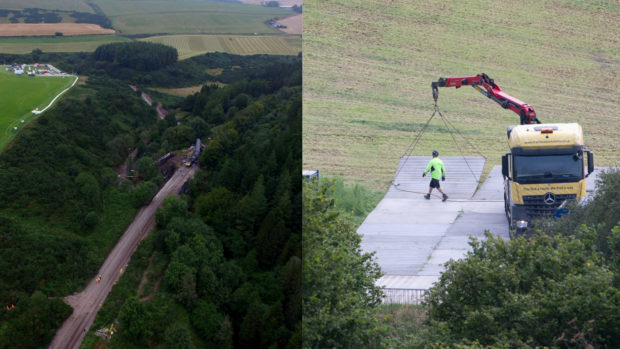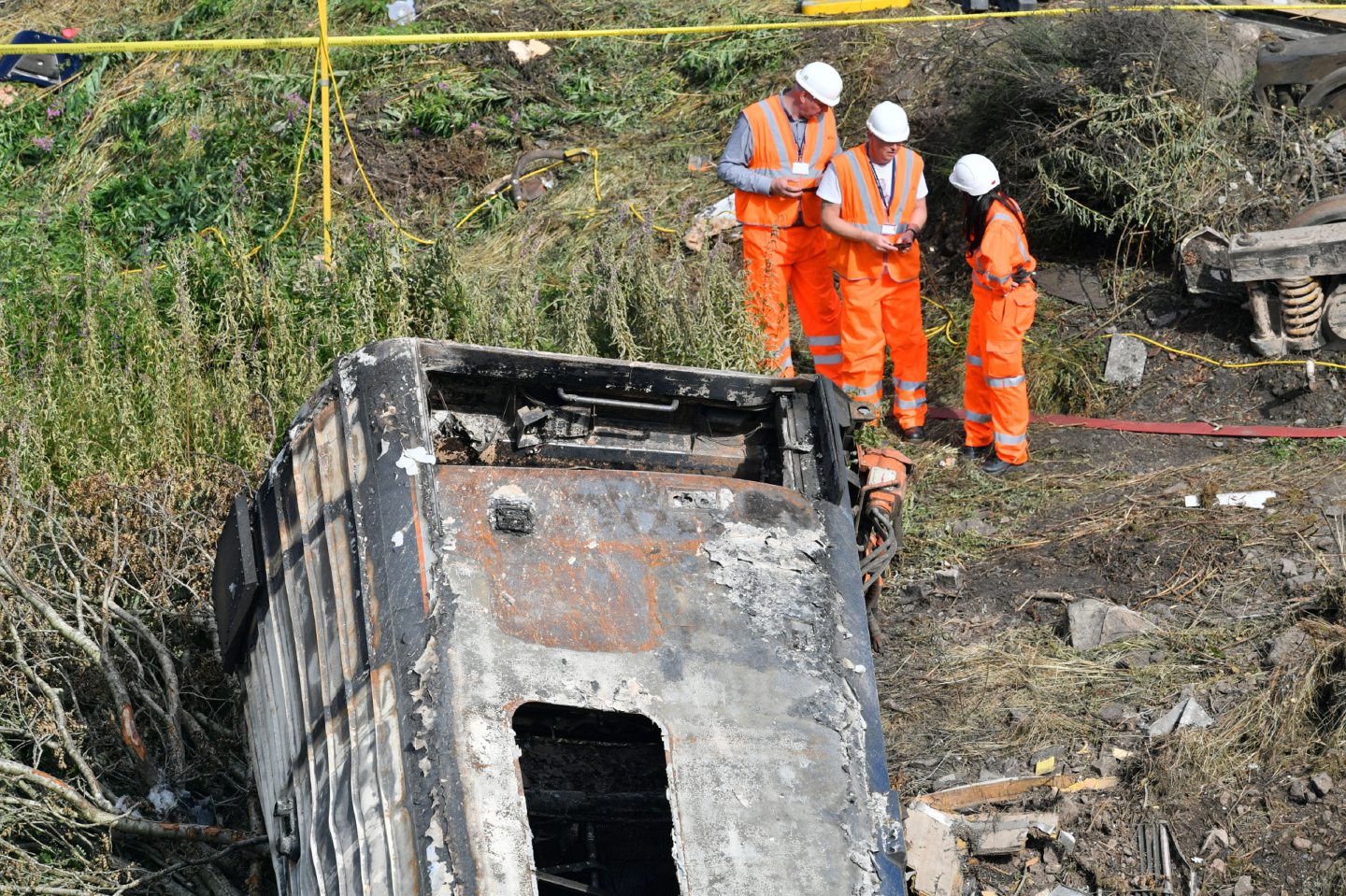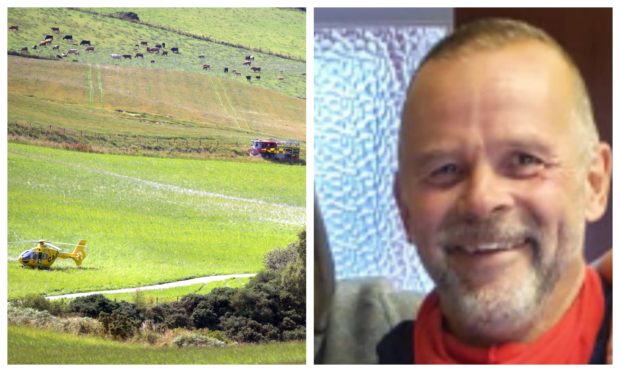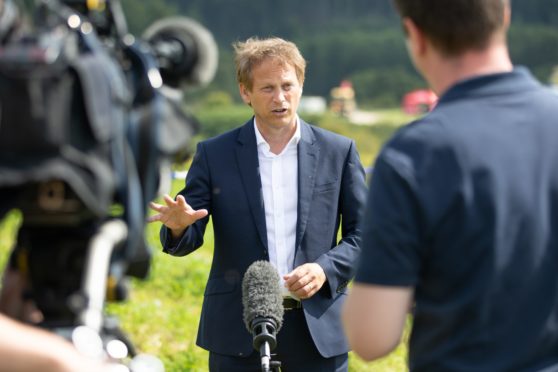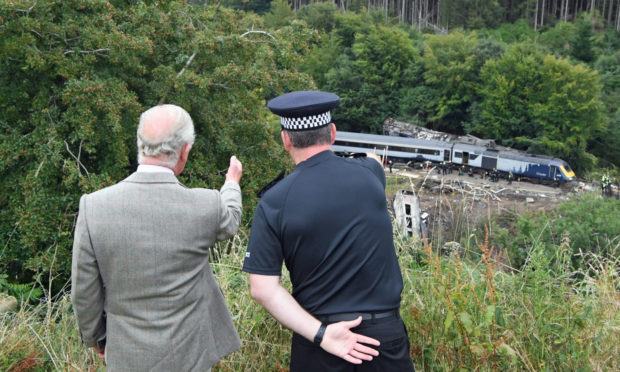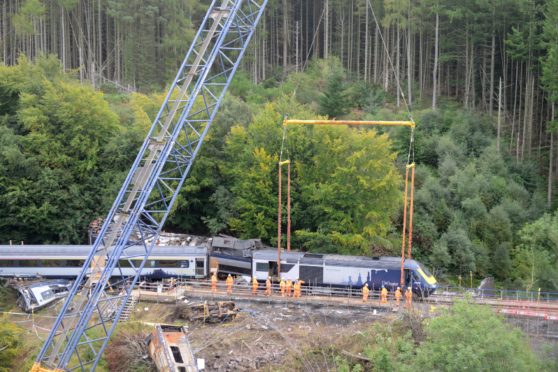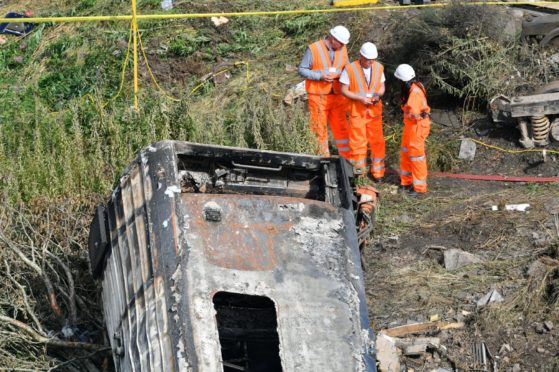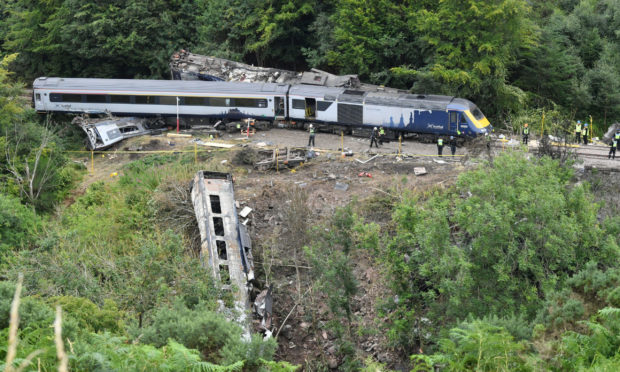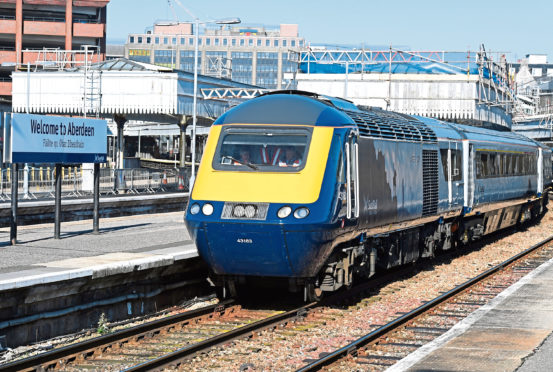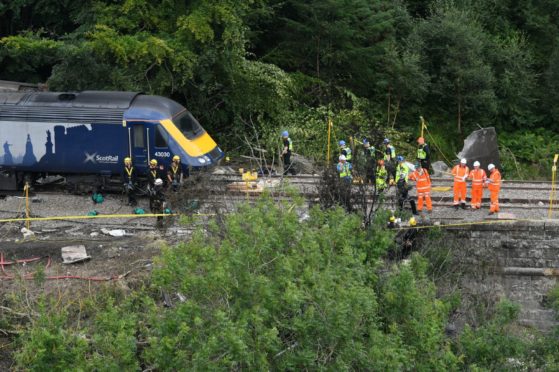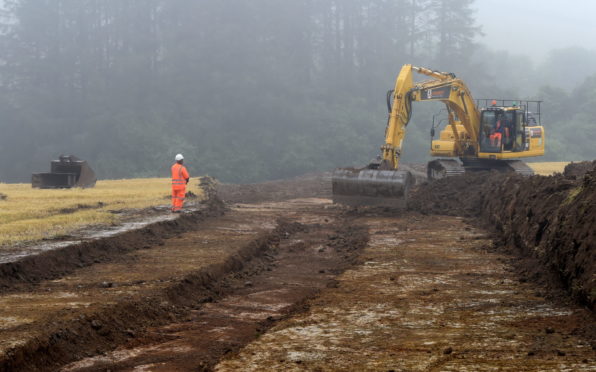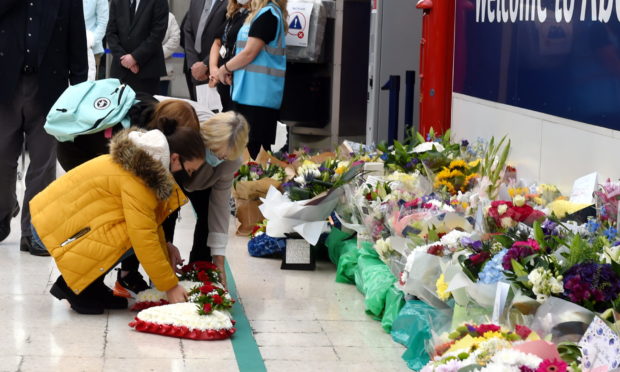One person remains in hospital after the devastating Stonehaven train crash last Wednesday that killed three people.
Several people were injured and rushed to hospital after the derailment – and have been released over the course of the last week.
NHS Grampian confirmed yesterday one casualty remained in hospital in a ‘stable condition’.
A probe into the accident continued at the scene yesterday, with staff from the Rail Accident Investigation Branch (RAIB) examining debris.
As that progresses, talks are also underway as to how and when the recovery of the carriages could take place.
No timeline has been confirmed and no contractor as yet identified and the work will not take place until all investigations are complete.
Currently a bus service is available for passengers as the line near Carmont remains closed.
Last night, a Network Rail spokesman said: “The RAIB is continuing its investigation on site.
“Once those investigations have concluded we will begin the process to recover the carriages and assess the repairs required to the railway.
“We cannot give exact timescales for those activities at the moment and the focus remains on supporting the investigators as they carry out their work.”
UK Transport Minister Grant Shapps has asked Network Rail to produce an interim report on the derailment by September 1.
Network Rail said it would carry out detailed inspections of high-risk trackside slopes with similar characteristics to the site of the Aberdeenshire crash.
The initial report by RAIB said the 6.38am Aberdeen to Glasgow Queen Street service turned back towards Aberdeen amid sustained rainfall and after reports of a landslip further down the track.
It subsequently hit a second landslip at around 9.40am and derailed, striking a barrier on the edge of a bridge.
That caused the front power car and a carriage to fall down an embankment between Carmont and Laurencekirk.
The driver Brett McCullogh, conductor Donald Dinnie and passenger Christopher Stuchbury all died at the scene.
Last week, RAIB explained that factors still likely to be taken into account include the actions of the people involved, recent inspections of drainage and earthworks in the area, management of the risks of extreme weather, and actions taken in response to previous safety recommendations.
